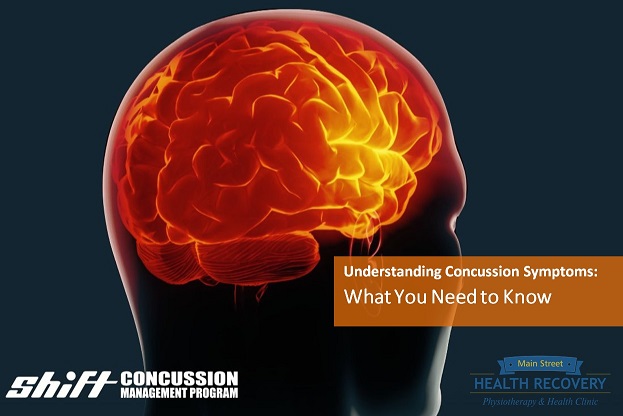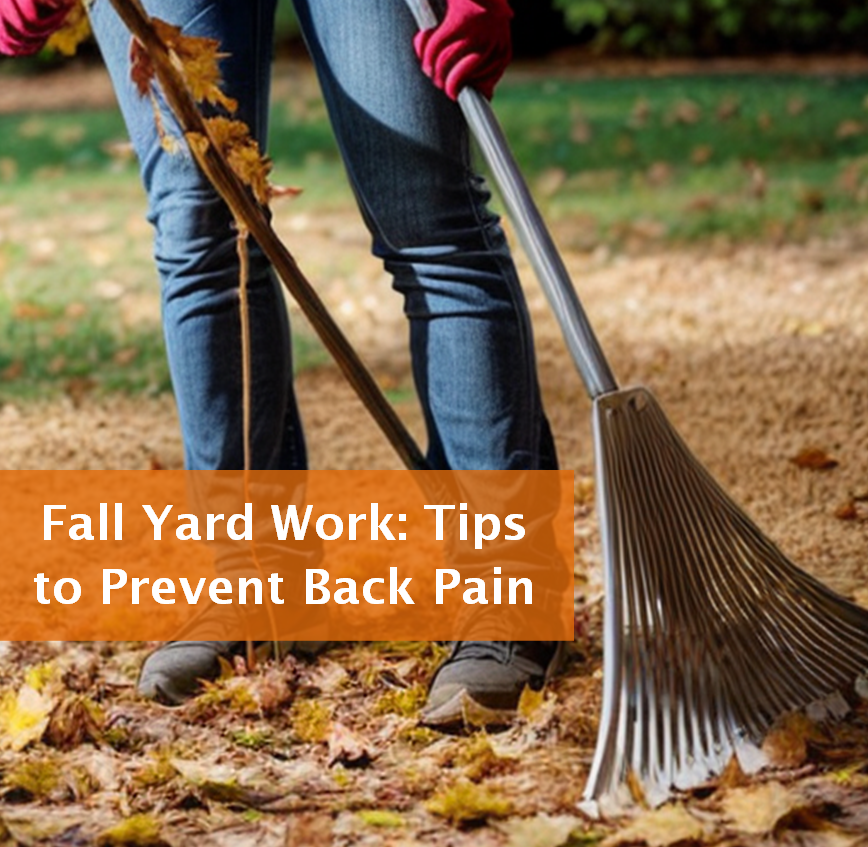
Concussions, often referred to as mild traumatic brain injuries (mTBIs), are more common than you might think, and they can have serious consequences if not properly recognized and managed. In this blog post, we’ll delve into the world of concussion symptoms, shedding light on what they are, how they manifest, and the importance of seeking prompt medical attention.
What Is a Concussion?
A concussion is a type of brain injury that occurs when a blow to the head or a sudden jolt causes the brain to move within the skull. This movement can lead to a variety of physical, cognitive, and emotional symptoms. It’s important to note that a concussion can occur without any loss of consciousness and may not always be immediately apparent.
Common Concussion Symptoms
- Headache: One of the most common symptoms is a persistent or severe headache. The pain may be dull, throbbing, or intense and can worsen with physical or mental activity.
- Confusion: Concussion can cause mental fog or confusion, making it difficult to concentrate, remember things, or think clearly.
- Memory Problems: Short-term memory lapses are a frequent symptom of concussions. You may have trouble recalling events immediately before or after the injury.
- Dizziness and Balance Issues: Individuals with concussions often experience dizziness and have difficulty maintaining balance. This can lead to unsteadiness and a risk of falling.
- Nausea and Vomiting: Upset stomach and vomiting can be linked to a concussion, especially in the hours following the injury.
- Sensitivity to Light and Noise: Concussion can heighten sensitivity to light (photophobia) and noise (phonophobia), making everyday stimuli seem more intense and uncomfortable.
- Fatigue: Many people with concussions report feeling extremely tired or fatigued, even after minimal physical or mental exertion.
- Mood Changes: Concussions can impact mood, leading to irritability, mood swings, anxiety, or depression.
- Sleep Disturbances: Both difficulty falling asleep and increased sleepiness are common after a concussion. Sleep patterns may be disrupted.
- Visual Disturbances: Some individuals experience blurred vision, double vision, or difficulty tracking objects with their eyes.
It’s important to note that concussion symptoms can vary from person to person and may not all appear at once. Some individuals may recover quickly, while others may have more prolonged symptoms.
Seeking Medical Attention
If you or someone you know experiences a head injury and exhibits any of the above symptoms, it’s crucial to seek immediate medical attention. A healthcare provider can assess the severity of the concussion and provide guidance on recovery, rest, and a safe return to normal activities. In some cases, additional imaging tests like a CT scan or MRI may be necessary to rule out more severe brain injuries.
Conclusion
Concussions are not to be taken lightly. Understanding the symptoms is the first step towards proper diagnosis and treatment. Early recognition and appropriate care are essential for a full and safe recovery. Remember that rest and gradual return to activities are key components of the healing process. If you suspect a concussion, don’t hesitate to seek professional medical advice to ensure the best possible outcome for your or your loved one’s brain health.








